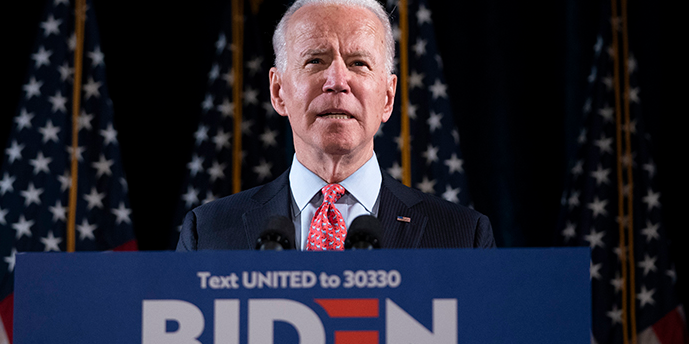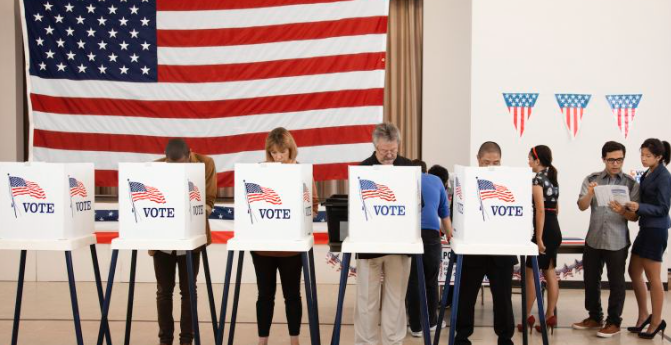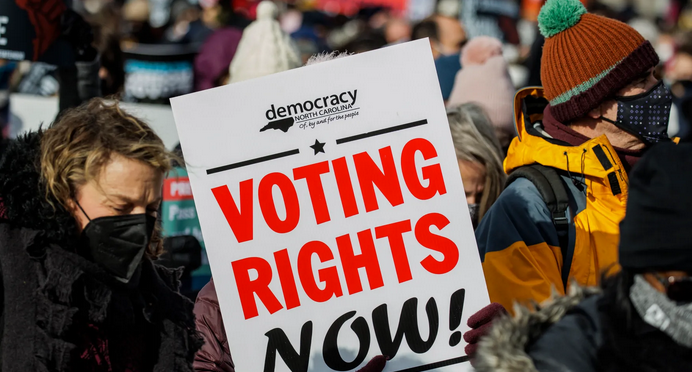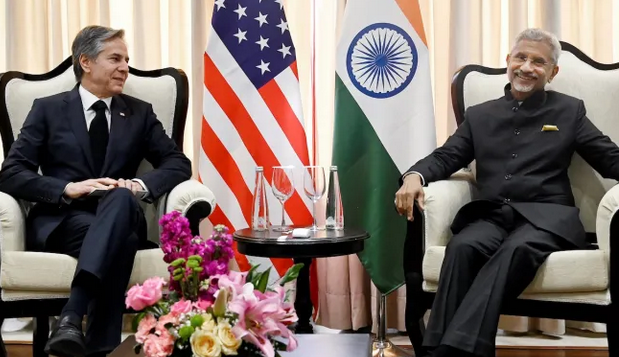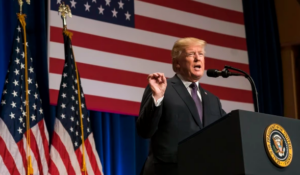Political conventions in the United States have long been a hallmark of the democratic process, where parties come together to nominate their candidates and showcase their platforms. This article explores the evolving nature of political conventions and what the future holds for these crucial events in American democracy.
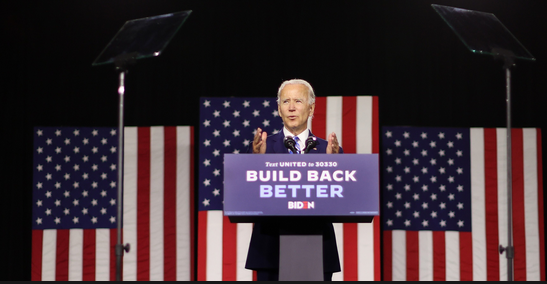
The Historical Significance
Political conventions have a rich history in American politics, dating back to the early 19th century. They serve as a forum for party members to select their presidential and vice-presidential candidates, establish the party’s platform, and energize their base.
Challenges to Traditional Conventions
In recent decades, traditional political conventions have faced several challenges. One of the most significant is declining viewership. As the media landscape evolves and political content becomes more accessible online, fewer Americans tune in to watch convention proceedings on television. The decline in viewership has raised questions about the effectiveness of conventions in reaching and mobilizing the electorate.
Digitalization and Virtual Conventions
Recent conventions have incorporated virtual elements, allowing for greater online engagement. In 2020, both major parties held partially or entirely virtual conventions due to the COVID-19 pandemic. These virtual conventions included pre-recorded speeches, remote participation, and online streaming, reaching a broader and more diverse audience.
Cost-Efficiency and Accessibility
Virtual conventions offer a cost-effective approach, reducing the expenses associated with large-scale in-person events. This can make conventions more accessible to smaller parties and grassroots movements, allowing them to participate on a national stage without the financial burden of hosting a physical event.
Hybrid Conventions: The Middle Ground
The future of political conventions may involve a hybrid model that combines in-person and virtual elements. Hybrid conventions allow for a physical gathering of delegates and party leaders while also incorporating virtual components to engage a broader audience. This approach provides the best of both worlds, preserving the tradition of in-person conventions while harnessing the reach of digital platforms.
Reimagining Convention Formats
In addition to embracing virtual elements, conventions may need to reevaluate their formats. Shorter, more focused conventions that prioritize impactful speeches and discussions could be more engaging for viewers. Reducing the number of days and eliminating repetitive or procedural elements could help maintain audience interest.
The Role of Social Media
Social media platforms have already played a significant role in shaping the conversation around political conventions. The future may see conventions leveraging social media even more, with live-streamed events, interactive Q&A sessions, and real-time engagement with viewers. This approach can enhance transparency and allow for immediate feedback from the electorate.
Engaging Younger Audiences
Political conventions must find ways to engage younger audiences who are less likely to tune in to traditional broadcasts. Utilizing social media, influencer collaborations, and digital marketing strategies can help conventions connect with younger voters who may be more accustomed to consuming political content online.
Importance of Inclusivity
The future of political conventions should prioritize inclusivity and diversity. Embracing different voices, perspectives, and backgrounds is essential to ensuring that conventions remain relevant and representative of the American electorate.
Ensuring Security and Transparency
Virtual conventions also present cybersecurity challenges. Protecting against potential cyber threats and ensuring the integrity of the convention process are paramount. Additionally, transparency in the selection of candidates and the development of party platforms is crucial for maintaining public trust.
Conclusion
The future of political conventions in the United States is likely to be a dynamic blend of tradition and innovation. While the core functions of nominating candidates and presenting party platforms will remain, the format and reach of conventions will continue to evolve. Embracing digitalization, reimagining formats, engaging younger audiences, and prioritizing inclusivity will be key factors in the success of future conventions. Ultimately, the goal is to preserve the democratic spirit of these events while adapting to the changing landscape of American politics.

